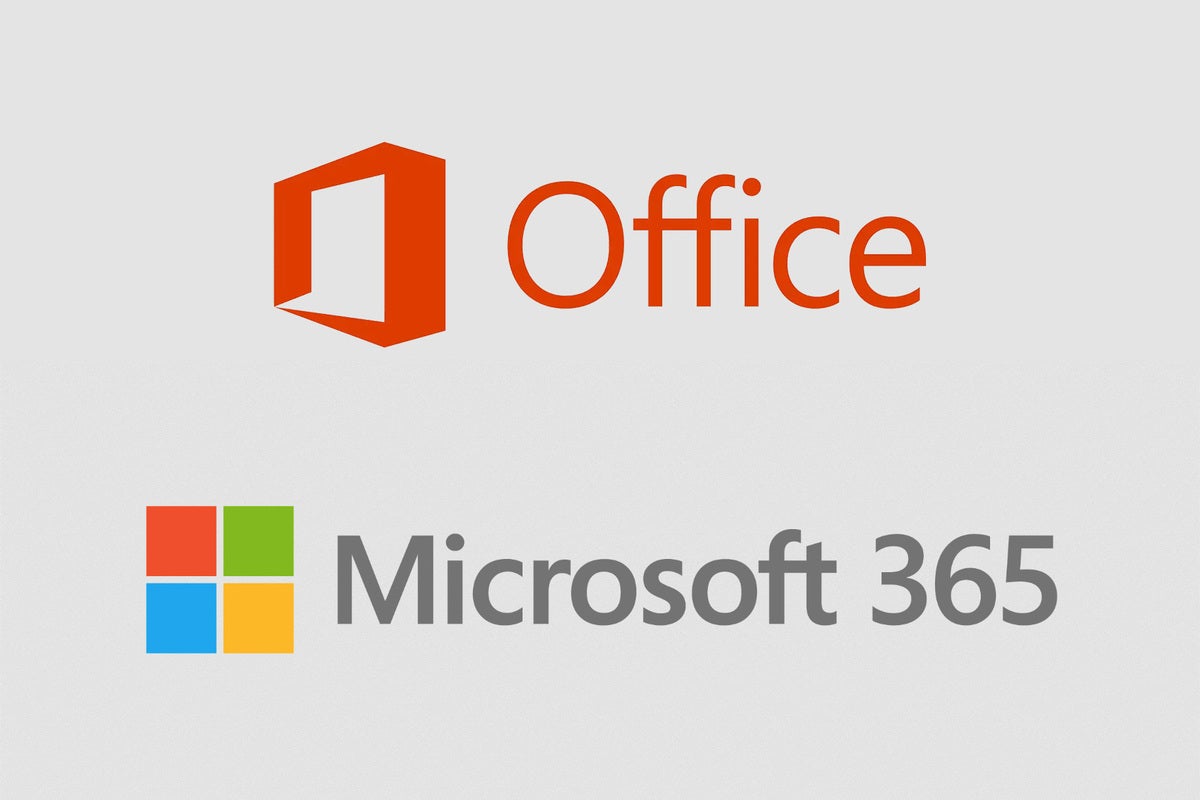Microsoft is no longer supporting access to Microsoft 365 online services through Office 2019 and Office 2016 as of October 10, 2023. This means users will no longer be able to connect to services such as Exchange Online, SharePoint Online, and OneDrive for Business. The move comes after the gradual dominance of Software-as-a-Service (SaaS) in the end-user software market, particularly among established software vendors.
In recent years, Microsoft has been phasing out standalone software options in favor of subscription-based services such as Microsoft 365. Users who still rely on Office 2019 and Office 2016 for their productivity needs are now being nudged toward subscribing to Microsoft 365, hinting at a move to cloud-based applications rather than standalone PC software.
Critics have expressed concerns about the shift to cloud-based services, particularly the burden of monthly subscription fees for software access. However, for now, alternatives such as Linux-based programs continue to offer “ownership” of software, in contrast to the growing SaaS trend. Nevertheless, it seems that the future of end-user software lies in the cloud, particularly as big-name vendors like Microsoft continue to push towards cloud-based services.
The move to end support for older versions of Office not only underscores the transition to cloud-centric software solutions but also raises questions about the future of standalone PC-based applications. As established technology companies continue to shift to cloud-based software-as-a-service models, the dominance of traditional locally-installed applications may become a thing of the past.

I have over 10 years of experience in the cryptocurrency industry and I have been on the list of the top authors on LinkedIn for the past 5 years. I have a wealth of knowledge to share with my readers, and my goal is to help them navigate the ever-changing world of cryptocurrencies.




